2024 McLaren 750S First Drive: Supercar State of the Art
It’s barely been 15 years since the house of Bruce McLaren reinvented itself by plunging into the business of two-seat mid-engine road burners. What a glorious ride it’s been. In that brief time, the Woking works has continuously advanced the state of the art in supercars, putting the heat to archrival Ferrari with both sublime production models such as the 570 and 720 and with limited hypercar offerings like the hybrid P1, the Speedtail, and the Senna. McLaren’s next opus, the 750S is fusion cuisine of sorts, attempting to merge together two outgoing models into one while still improving on both. It’s a tightrope that McLaren has strung for itself, but the new 750S walks it with aplomb.
Those two outgoing models are the 720S, which wrapped last year after a six-year run, and the 765LT, its limited-production (765 units) banshee twin targeted at rich berserkers who like to bang and crash over city streets in full-zoot track machines. The 765LT, offered from 2020 to 2022, took all the velvety comfort and elegant subtlety that made the 720 such a sweetheart and ground it off with a power sander. It was loud, harsh, brittle, and generally obnoxious. It also sold out rather quickly, even at its optioned-up price of around half-a-mil.

The lesson McLaren drew from this: It needed one car to rule them all, both the folks who want a little calm and compliance with their butterfly “billionaire doors” and 2.7-second zero-to-60 sprints, and the crazies who like it straight to the face with a baseball bat. Behold the 750S, which could be McLaren’s last completely gas-powered vehicle. It’s really more of a mid-cycle refresh of the 720 than a whole new car. McLaren boasts that 30 percent of the 750S is all new, which means 70 percent is carryover. To be clear, we’re not complaining; exotics like these have ten-year lifespans (or more) and given how good the 720 was, it seems a bit early to fully retire it.
Specs: 2024 McLaren 750S Coupe/Spider
- Price: $331,740/$352,740
- Powertrain: 4.0-liter, turbocharged DOHC V-8, seven-speed automated manual
- Output: 740 hp @ 7500 rpm; 590 lb-ft of torque @ 5500 rpm
- Layout: Mid-engine, rear-wheel-drive, two-door, two-passenger coupe or convertible
- EPA Fuel Economy: 15 mpg city/19 mpg hwy
- Competition: Aston Martin DBS, Ferrari 296 GTB/GTS; Lamborghini Huracan STO, Maserati MC20
As chief engineer Sandy Holford explained over dinner at the Wynn Las Vegas hotel, where McLaren recently opened a brand store that sees as many as 800 people a day cross its threshold, the goal was to stretch the car’s envelope. That meant moving up its performance threshold from even that of the 765 while not moving the baseline comfort of the old 720, then giving buyers the option of leaning their car one way or the other depending on the options. A copious, Porsche-like option sheet with 114 separate a la carte items ranges in price from an ashtray ($250) to an orange-and-blue Gulf paint livery ($90,556). Buyers can spec exactly the car they want.
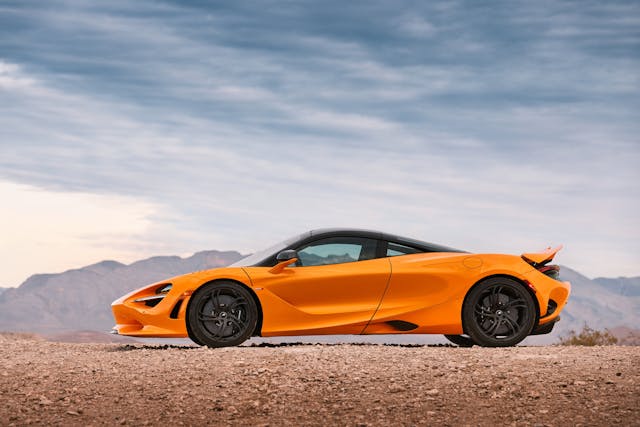

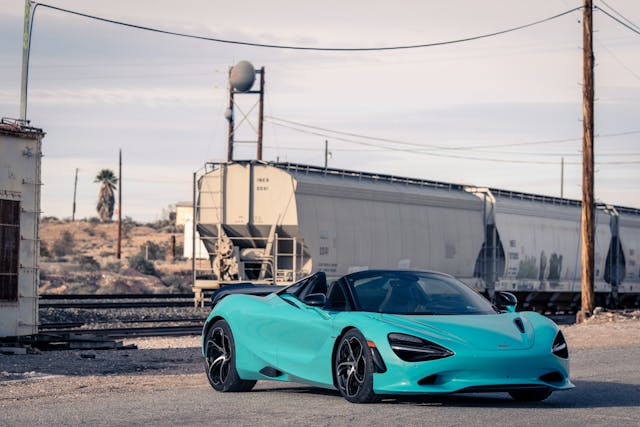
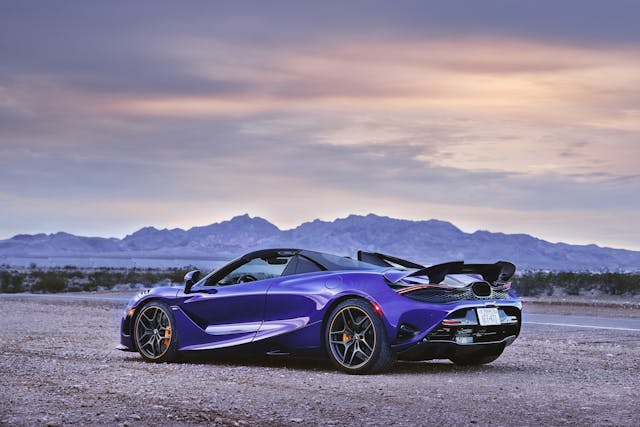
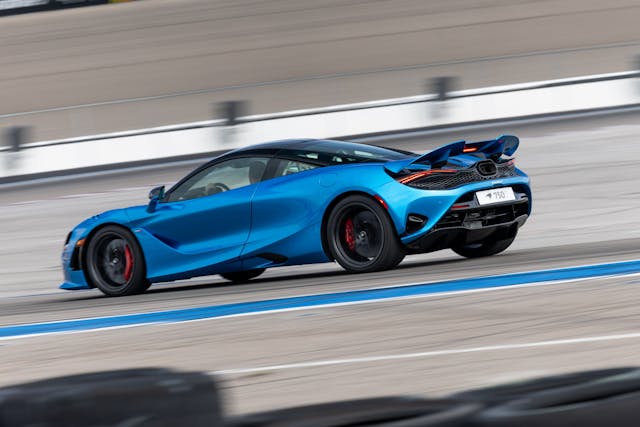
Also—and this was considered critical—McLaren wanted to make the car more engaging. Because there’s no point in going fast if you’re not having fun (right, Bugatti?). Besides a quicker steering ratio, slightly shorter gearing amps up the throttle response as well as the sense of speed. At one point, my co-pilot on the test drive spotted a Nevada trooper and nervously asked how fast we were going. A just-over-the-limit 82 mph was the answer, but it indeed felt much faster. Which is a good thing in a world of speed limits and consequences.

The way McLaren accomplished the performance push was by boosting the power a smidge in the 4.0-liter twin-turbo V-8, to 740 horses and 590 pound-feet. A few of the engine mods include higher turbo pressure, a triple-layer head gasket to handle the higher cylinder pressures, and a second fuel pump that builds in a comfort layer in the juicing capacity at full power.
Elsewhere in the carbon-fiber tub and aluminum crash structures, the engineers widened the front track by a hair (6mm) and sped up the steering ratio. McLaren is one of the very few car companies still using hydraulic power steering units, with everyone else having switched to electric systems. But until electric is as organic-feeling as hydraulic, McLaren won’t switch, Holford says.
Engineers took advantage of technological improvements to the hydraulic accumulators that govern the dynamic dampers, dubbing the 750’s suspension the “third generation” of their Proactive Chassis Control system. The claim is that it broadens the damper range, making the softs softer and the firms firmer while better-supplying everything needed in between. Revised spring rates (slightly softer in front, slightly stiffer in the rear) are meant to sharpen up the 750’s steering response.
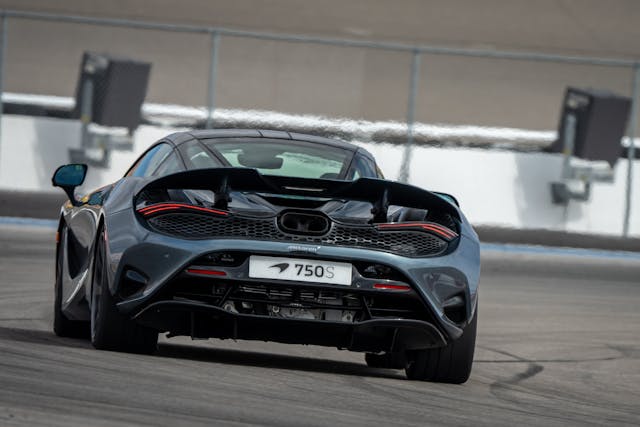
On the outside, the self-deploying rear wing is 20 percent larger while also lighter by 3.5 pounds, part of a ruthless effort to cut mass and bring the base car’s curb weight to just a hair over 3000 pounds (3062 pounds for the coupe, 3170 for the Spider)—a phenomenal feat in this day and age. The 750’s styling changes are subtle and headlined by revised headlight openings and a wall-to-wall mesh screen across the back that evokes the 765’s butt.
Inside, a revised instrument cluster conveniently tilts and telescopes with the wheel (though it doesn’t fold into an F1-style rev display as in the outgoing 765) and handy twist paddles governing the transmission and drive modes now bracket the display—a vast ergonomic improvement first adopted by the hybrid Artura. On the redesigned center stack, strengthened to reduce vibration, a “Speedy Kiwi” button lets drivers instantly access their own self-programmed drive mode, in which the driver can individually spec the aero, handling, powertrain, and transmission settings.
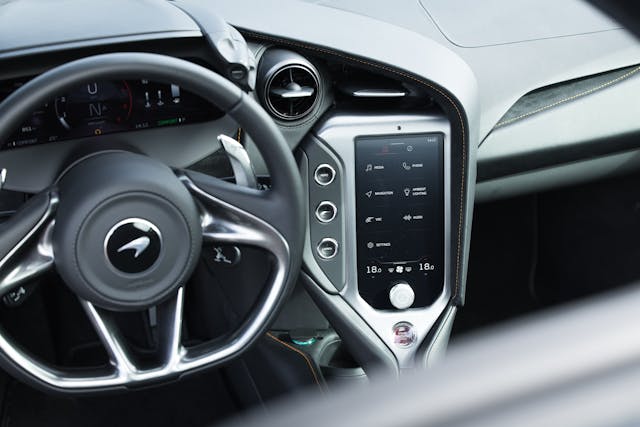

We nervously unhinged the butterfly doors and sank into the carbon bathtub that forms the center of the 750. Nervous because we were worried that McLaren had pushed the 720 off the deep end, robbing it of its comfort and daily useability in a mad pursuit of tenths of a second in lap times. Our particular test car was optioned with the cush power seats, the comfiest of the three buckets offered, and while they are by no means soft, they did prove accommodating and fatigue-free over the next few hours of driving.
Turned loose on open roads, the 750S proved that McLaren has once again made some excellent choices. The car has lost none of the divine balance of the 720 while offering a taste of the bull bravado of the 765. It accelerates instantly when prodded, like a 1-liter superbike, and sucks in the horizon as if it’s on an inertia reel, while the carbon brakes push it back into place again with a rigid pedal that feels like it’ll stop an oil tanker. A new exhaust, lighter than the previous one and part of the car’s weight-trimming program, pushes a little more snarl through the noise-suppressing wall of the turbos.
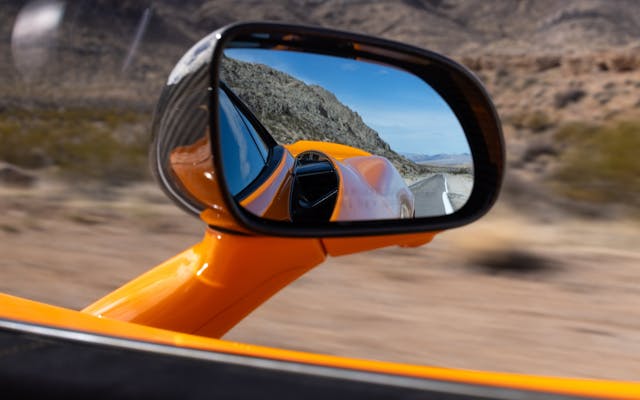
Of course, you expect a car whose six-digit price starts with a 3 to be quick. What we didn’t necessarily expect was the most natural and organic steering available on a production car. The way the wheel perceptibly stiffens and sags with the changes in cornering loads puts a modern Porsche to shame, while still not being the hyper-reactive go-kart wheel of, say, a Lotus Elise. McLaren seems to know intuitively what information to telegraph up the column to its customers and what to filter out; the compromise is pretty much perfect.
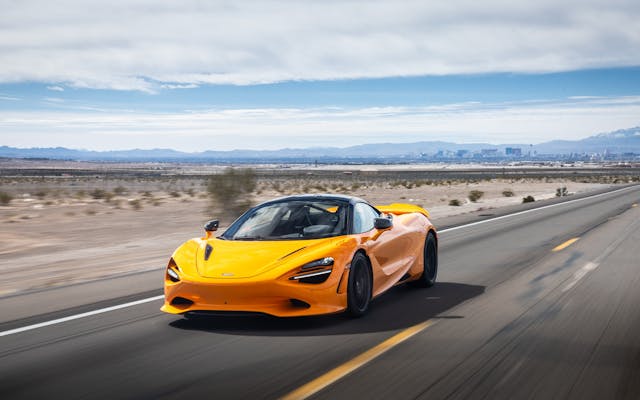
In Comfort mode, the 750 is as silky as the 720 was, so mission accomplished there. Move it up to the Sport or Track settings and the fangs come out. Not that it becomes a 765—it doesn’t, and surely another hyper-performance model is planned based on the 750—but it definitely becomes a potent track tool. Though due to a paperwork snafu we weren’t actually able to try it on the track. We did learn that some of the shift and suspension logic used in the Comfort and Sport modes to make the car feel more engaging actually works against setting lap times, so the varnish gets totally stripped off in Track mode, which is not nearly as pleasant as it is ruthless. When they say Track, they mean track.
As with the 720, 360-degree visibility is excellent, and a revised nose jack is a one-button operation that cuts the raising time from 10 seconds to four while working with the steering almost fully locked (the old system required the wheels to be more or less straight). The downsides of the 750 are common complaints with McLarens in general: Nobody gets in or out of this tight little capsule gracefully, and the passenger legroom is a bit short.

Still, the 750S is a convincing display of McLaren’s engineering prowess as well as its enthusiasm for high performance. So much so that we’d love to see the company partner up with another automaker as it did with Mercedes on the 2003-2010 SLR and produce something besides a mid-engine two-seater, something based on a more mass-market component set. Well, maybe not an SUV, but who wouldn’t want to see what McLaren could do with an E-Class-sized sedan? Or a wagon? The imagination reels.
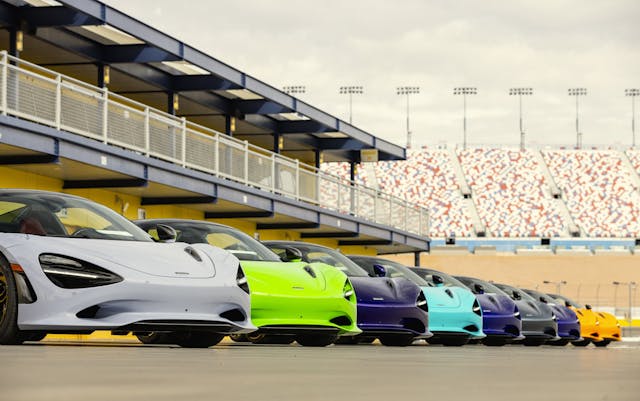
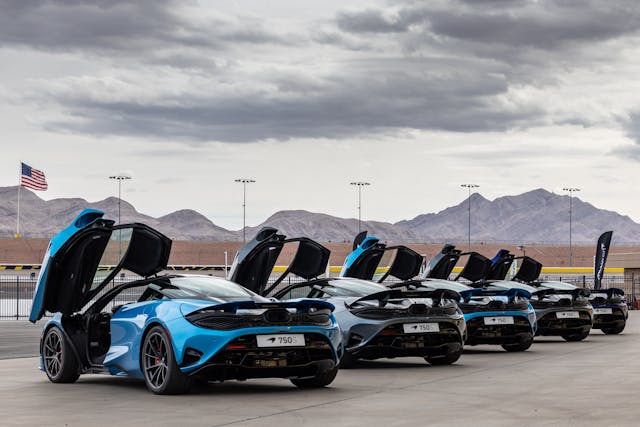
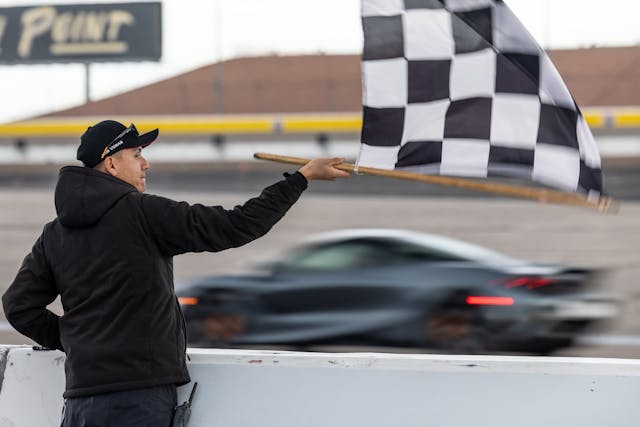
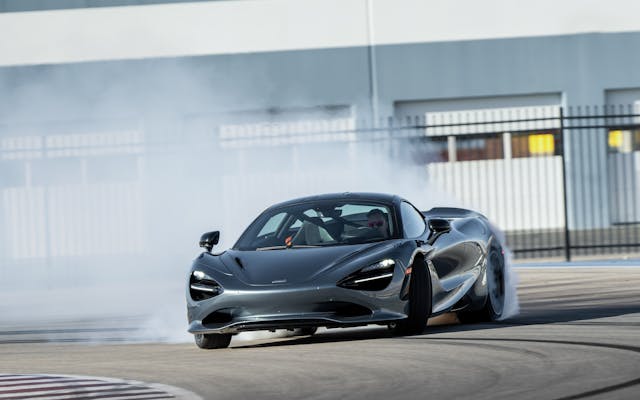

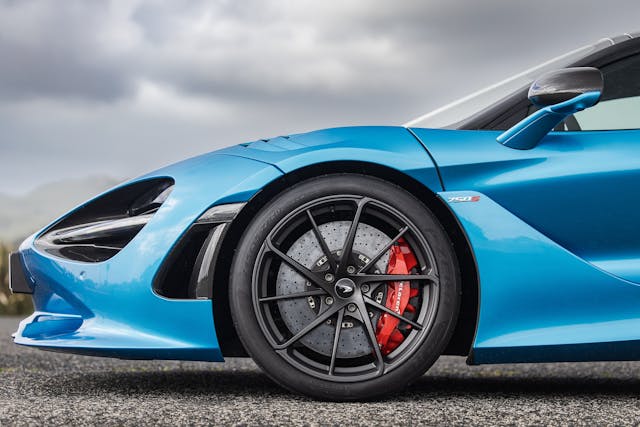
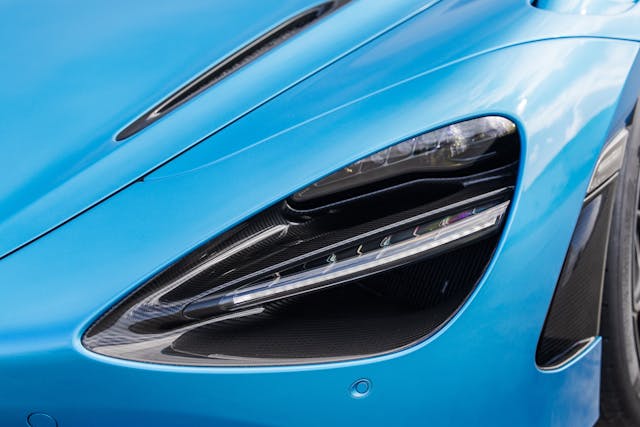
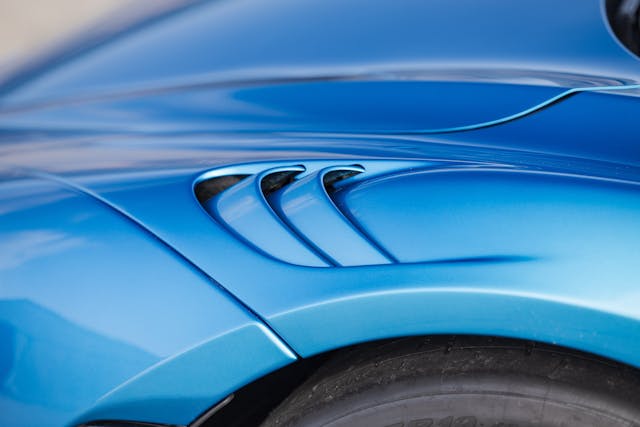


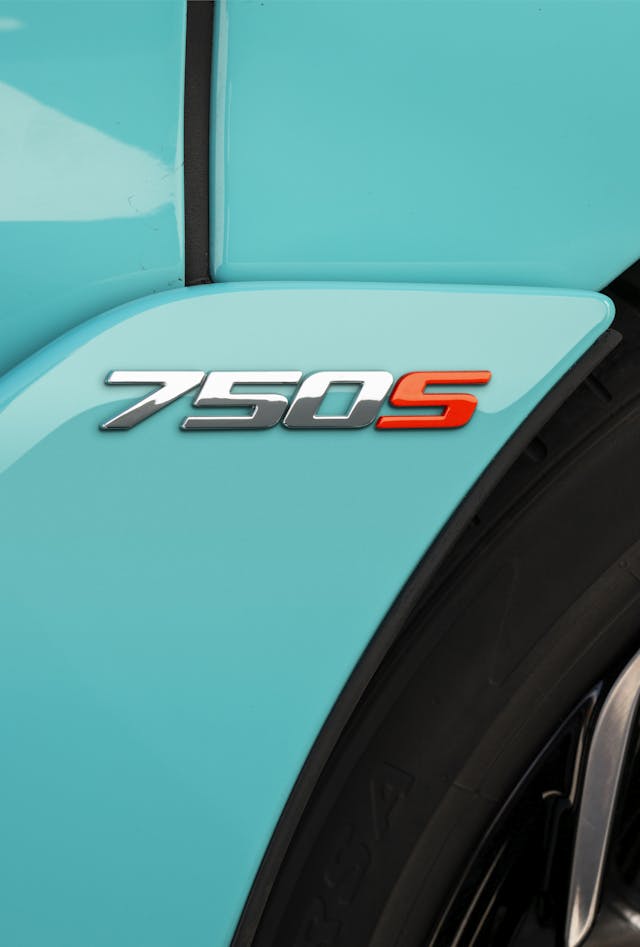
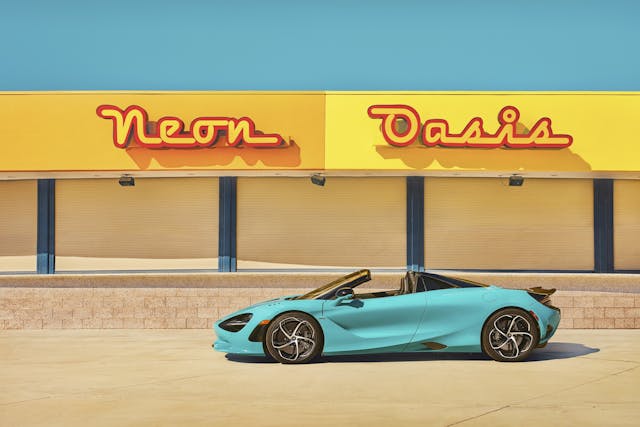
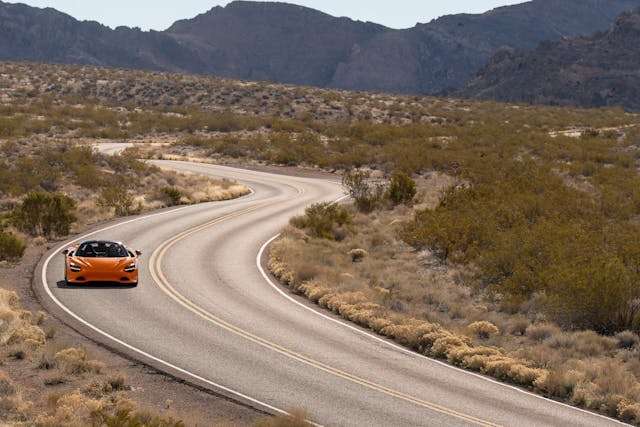
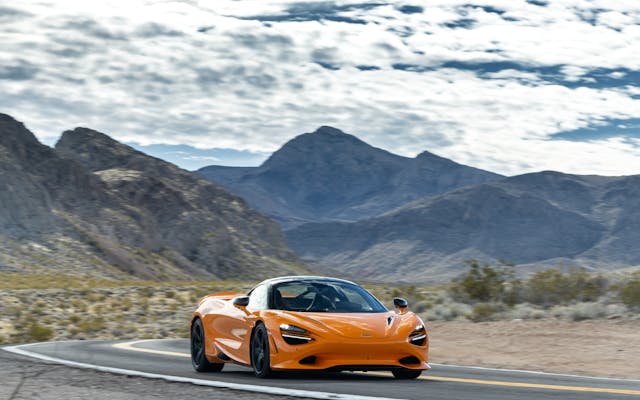
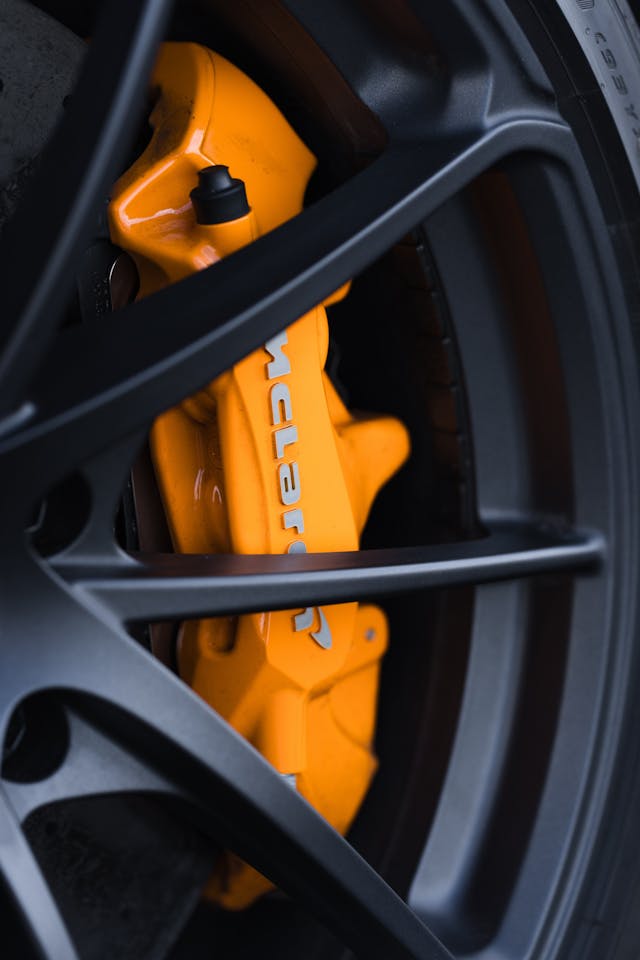
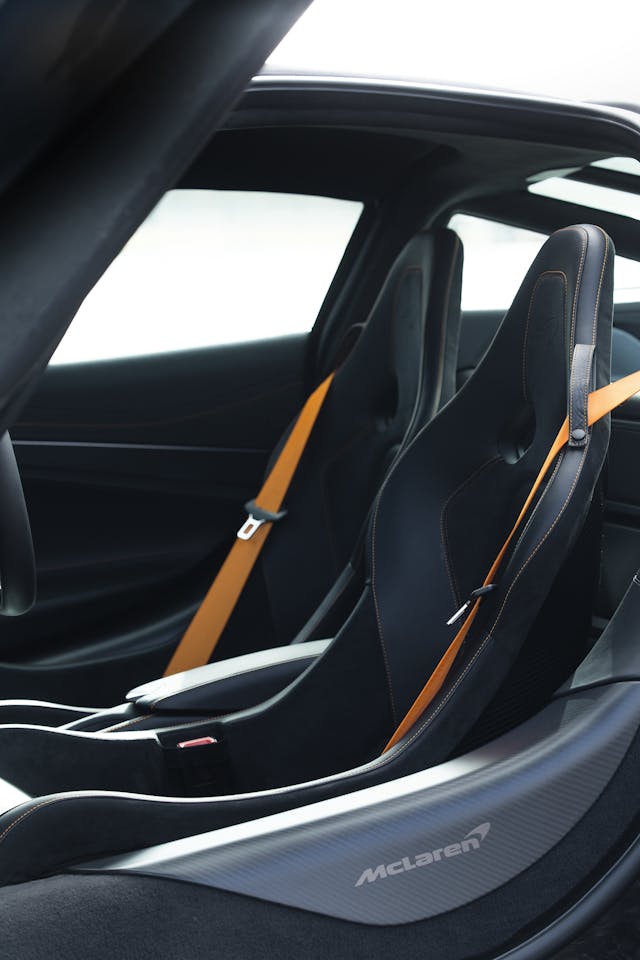

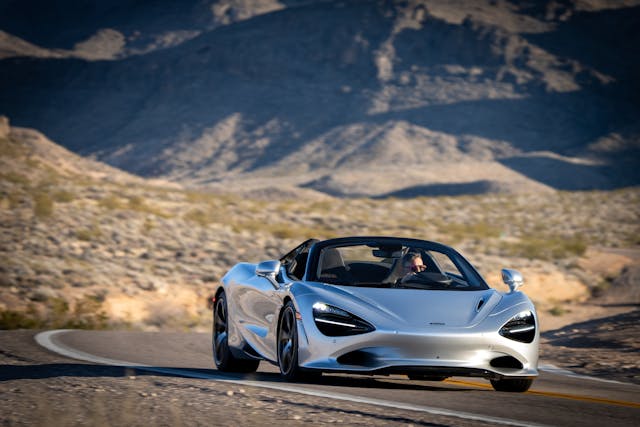
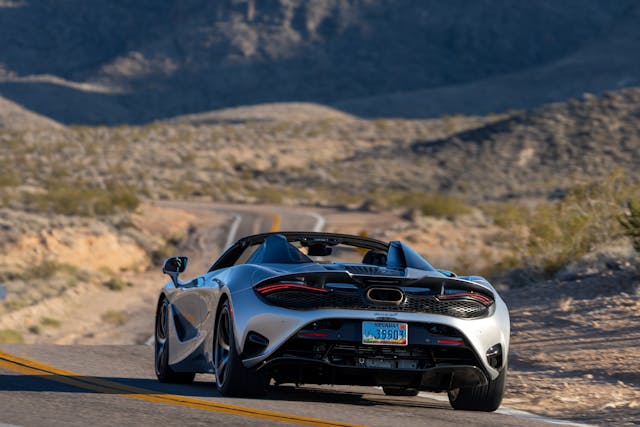
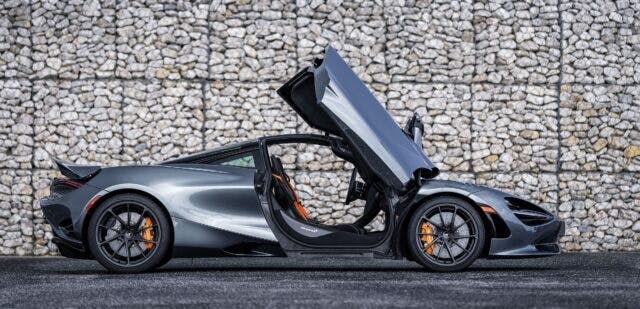
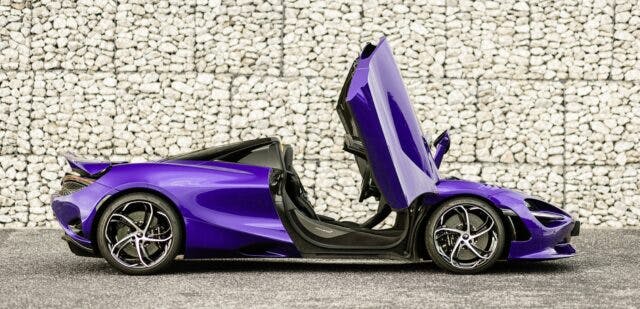

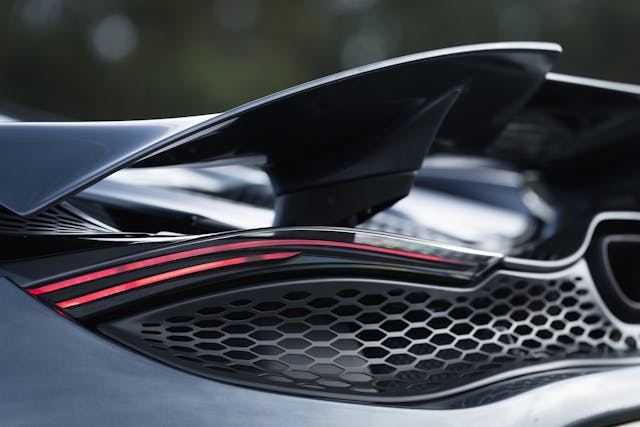
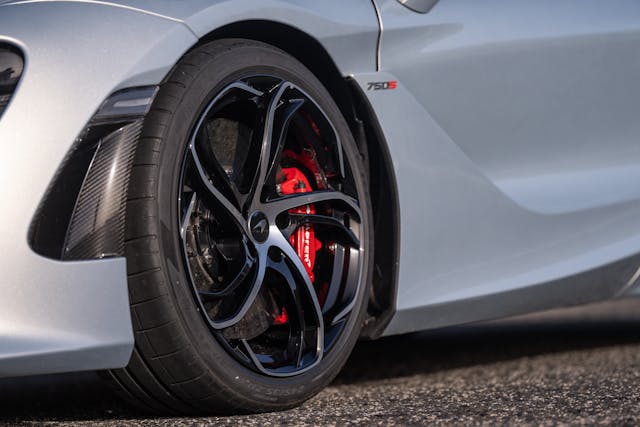

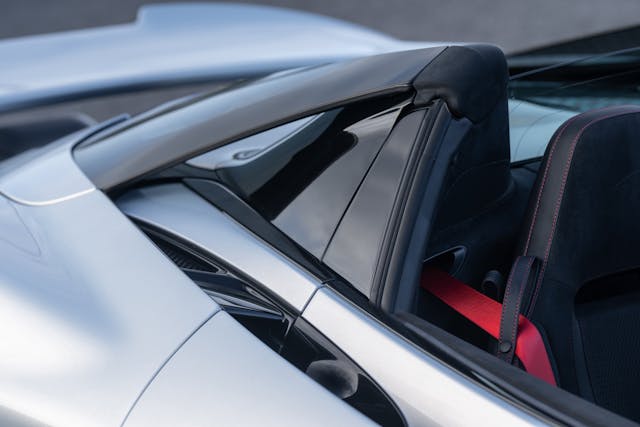
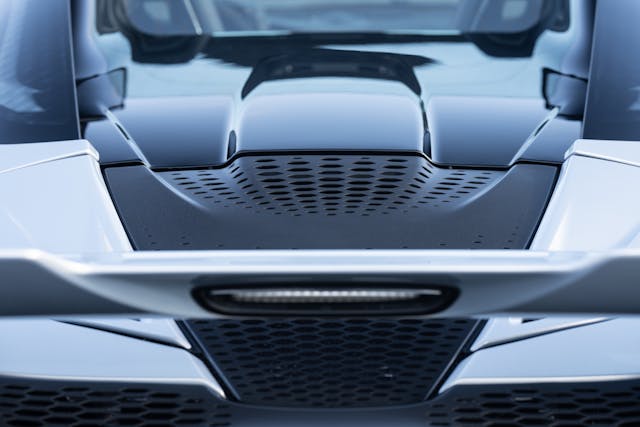
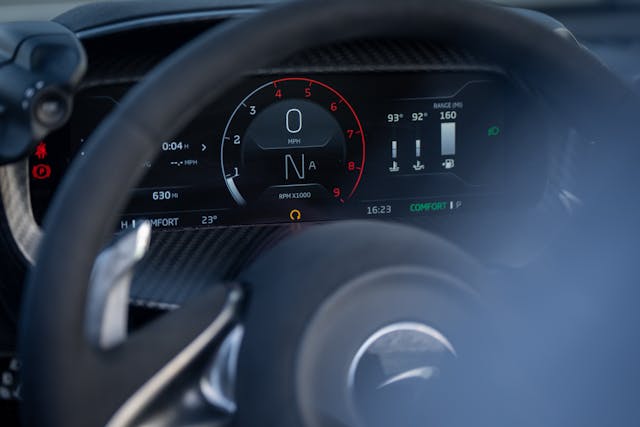
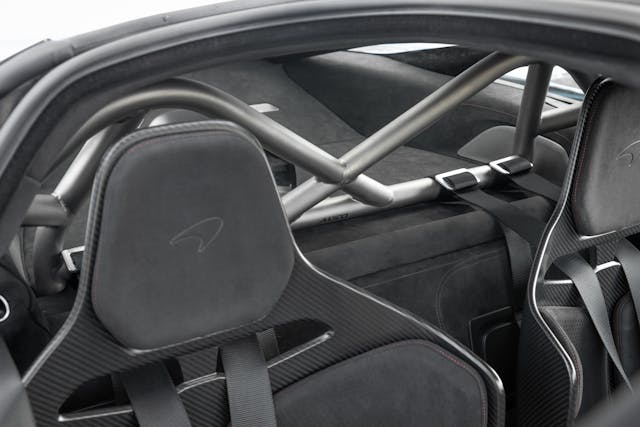
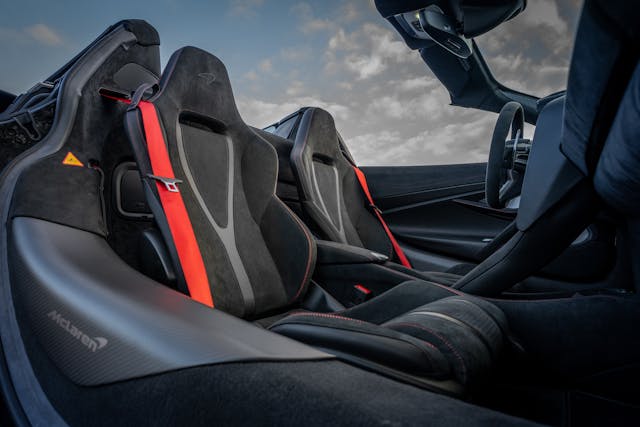
2024 McLaren 750S
Price: $331,740/$352,740 (Base Coupe/Base Spider)
Highs: Loses none of the comfort or subtlety of the near-perfect 720S; gives buyers wanting more, more; scores of options let you build what you want.
Lows: Getting in and out is a comedy for some body types, never graceful for anyone; not much passenger legroom.
Summary: In perfecting the two-seat supercar—yet again—McLaren raises the question: What else can it do?
***
Check out the Hagerty Media homepage so you don’t miss a single story, or better yet, bookmark it. To get our best stories delivered right to your inbox, subscribe to our newsletters.
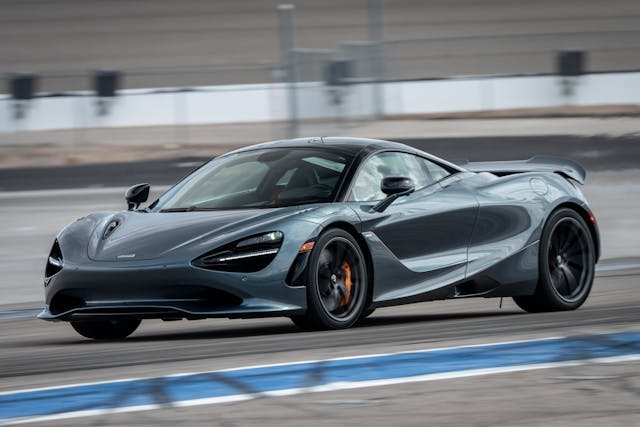


I have to admit they have come a long way. The performance is amazing and they do offer a wide range of cars that cover nearly any niche.
I am just still underwhelmed by the styling. The nose is just Telsa plain. It needs to be given a real face on the car that gives it a personality. the rest of the car is fine.
I was always a Bruce fan no not that one. I think he would be proud of the car his name is on.
What a car! In a world where Hp is ridiculous to compensate for ever more bloated cars, along comes this beauty. 740 Hp and only weighs 3062lbs??? Insane engineering marvel.
Great cars. The styling really has not changed much over the years but they still look good in a modern way.
Not sure why anyone would want this thing. All that gas and only 740 hp? Tesla has more than 1000 hp while using no gas at all and with high safety and comfort. It will beat that car in any contest.